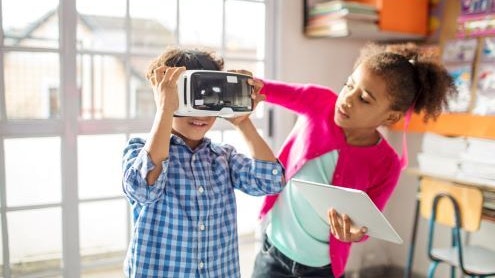Homepage
•
Learning Library
•
Blog
•
Focus on UDL When Using Classroom Technology
Expand breadcrumbs
Expand breadcrumbs
- Learning Library
- Blog
- Focus on UDL When Using Classroom Technology
- Homepage
- •
- Learning Library
- •
- Blog
- •
- Focus on UDL When Using Classroom Technology
Focus on UDL When Using Classroom Technology
By Jennifer Snelling
October 23, 2021








